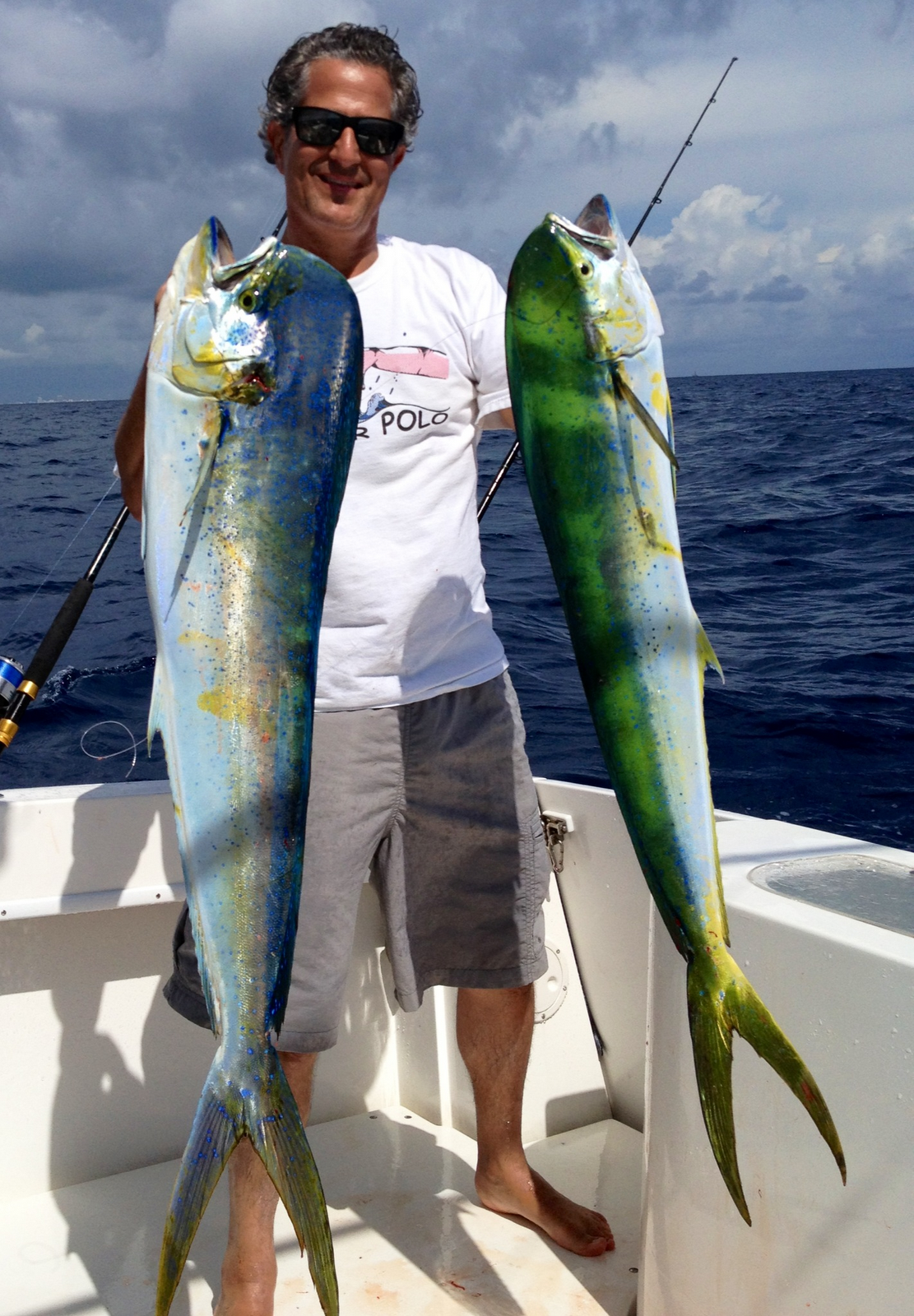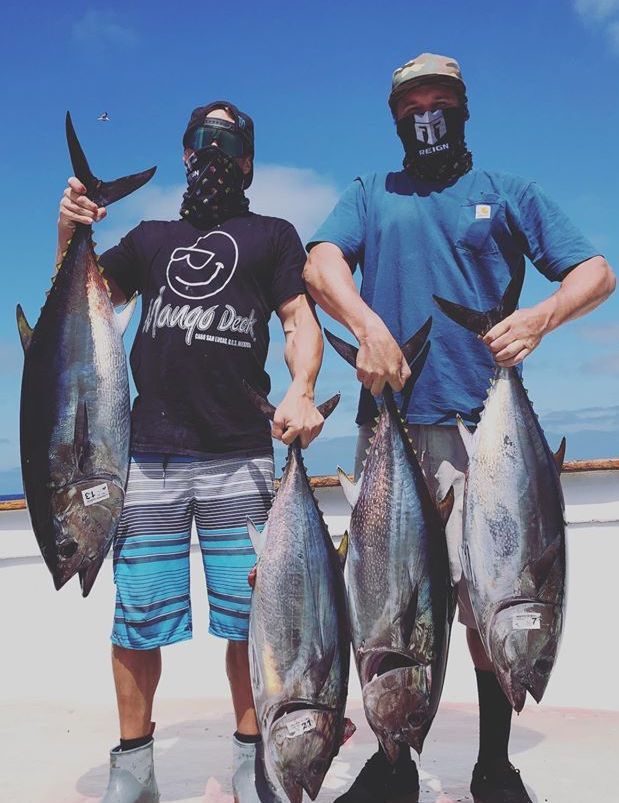

Sometimes a tricky current or wind gust twists or vibrates the net, and dolphins get caught and drown. Sometimes, dolphins get caught in the nets and drown. Fishermen using other equipment also adversely impact dolphins.
#BLUE FIN DOLPHIN FISH FREE#
In the Eastern Tropical Pacific yellowfin tuna fishery, schools of mature tuna swim underneath herds of dolphins of all sorts.įishermen find the dolphins, encircle both mammals and fish in special nets, free the dolphins, and haul the fish into the boats. Tuna are fish, they swim in the water and "breathe" through their gills without direct access to the air. Marine mammals exist in all the world's oceans. The simple facts are: Dolphins are marine mammals they swim near the surface of the water and break through the surface to breathe. You can’t have prawns with the heads or any other part removed in your possession, unless you intend to eat them immediately.Why fishermen cast nets on dolphin to catch yellowfin tunaīy: Norma Bennett Woolf Date: Category: | Animal Legislation | Wildlife Journal | Limit of 10 litres per person / 20 litres per boat (with 2 or more people on board) Taking oysters from, or interfering with, aquaculture infrastructure and licensed oyster grounds is illegal and carries heavy penalties. You can only take pearl oysters away from a public oyster reserve or unlicensed oyster ground – you must eat all other oysters where you catch them.Īll licensed oyster grounds and aquaculture areas are required to display signage. Mullet exceptions (all other mullet except diamondscale, sea and freshwater) No take: Bivalve molluscs and gastropods (excluding pipis) are no take in Moreton Bay Note: Will become a no-take species if the annual total allowable commercial catch is reached – fishery currently open.īivalve molluscs and gastropods, including pipis, mud whelks and cockles – excluding all oysters Limit of 1 per person / 2 per boat (with 2 or more people on board ) Limit of 1 per person / 2 per boat (with 2 or more people on board) You can’t possess three-spotted crab claws without the rest of the crab.Ĭombined limit of 10 in total of all speciesĬombined limit of 5 in total of all species (other than dusky flathead)Ĭombined limit of 50 in total of all speciesĤ0cm min (whole or with head or tail removed) orĢ6cm min fillet length (skin left on while on a boat) You can’t possess spanner crab claws without the rest of the crab. You can’t possess mud crabs with the shell missing, or claws without the rest of the crab. Limit of 7 per person / 14 per boat (with 2 or more people on board) You can’t possess blue swimmer crabs with the shell missing, or claws without the rest of the crab. You can’t have a bug with a damaged shell or with a shell separated from the body in your possession.ħ.5cm min (across widest part of the shell)ġ0.5cm min (across widest part of the shell).You can’t have bug meat in your possession on a boat unless you intend to eat it immediately – otherwise bugs must remain whole.Limit of 5 per person / 10 per boat (with 2 or more people on board)Ĭombined limit of 30 in total of these species You can divide a fish into portions as long as an inspector can easily count the number of fish in your possession.Some exceptions apply to individual species – details in relevant species information below.
#BLUE FIN DOLPHIN FISH SKIN#
You can’t have fish on board a boat with the skin removed.Pigfish, Redbreast Maori wrasse and Triple tail Maori wrasseĬombined limit of 6 in total of all tuskfish species Jobfish – Green jobfish, Smalltooth jobfish and Ruby snapperĬombined limit of 8 in total of both species Saddletail snapper (large mouth nannygai)Ĭombined limit of 9 in total of both speciesĬombined limit of 5 in total of both species

Cods and groupersĬombined limit of 5 in total of all cod and grouper speciesĬombined limit of 7 in total of all trout speciesīlue spotted coral trout (Chinese footballer)Ĭrimson snapper (small mouth nannygai) and There are two 5-day coral reef fin fish closed seasons in October and November each year. You can’t have fillets of blue spotted coral trout (Chinese footballer) on board a boat.You can only have a live coral reef fin fish (excluding coral trout or redthroat emperor) on board a boat if it’s going to be displayed in an aquarium.You can have whole (dead), gilled, gutted or filleted (fillets must be at least 40 cm long with skin and scales left on) coral reef fin fish on board a boat.

A combined possession limit of 20 in total applies to all coral reef fin fish – for a complete list of species, refer to fisheries legislation.


 0 kommentar(er)
0 kommentar(er)
